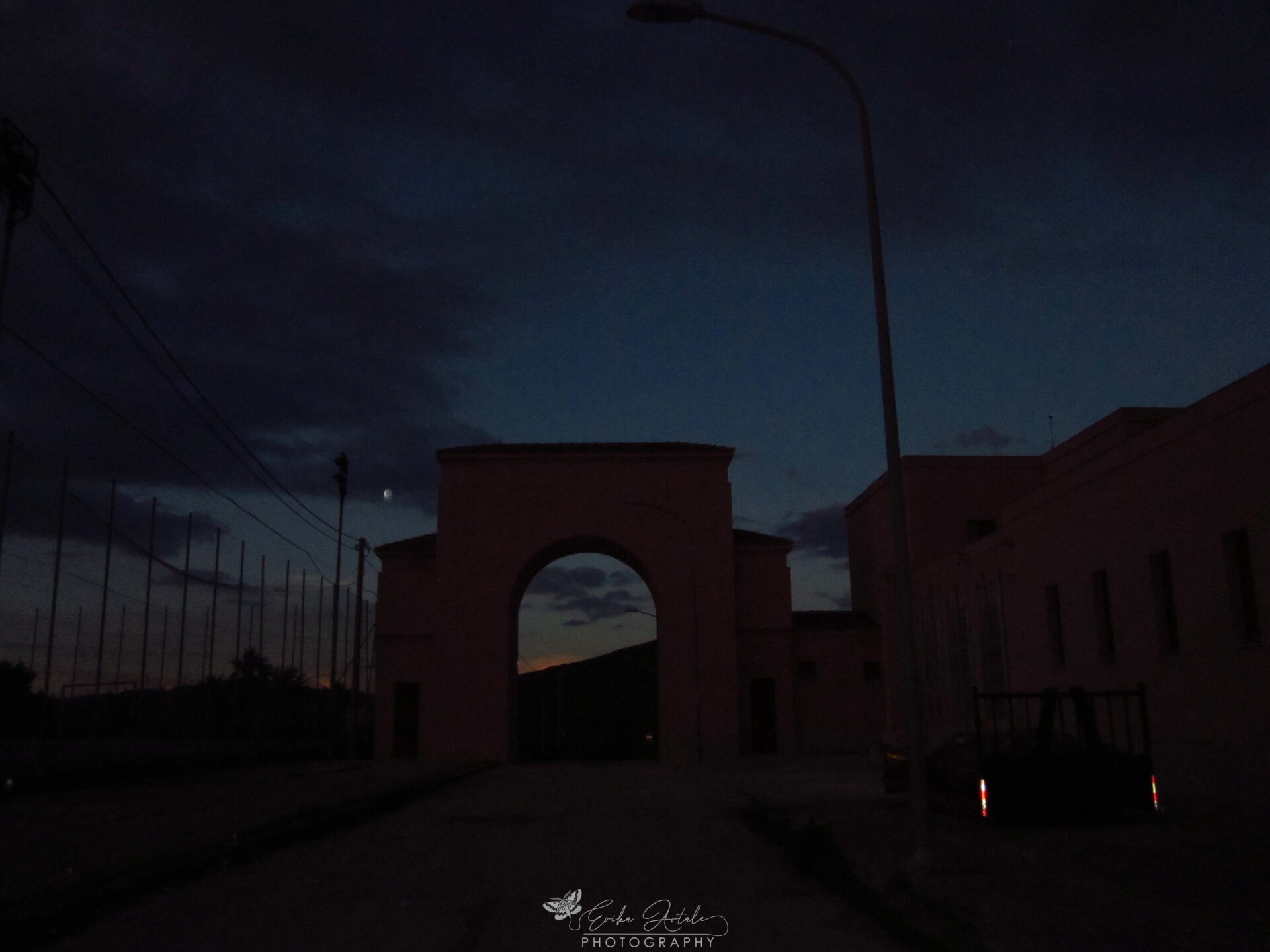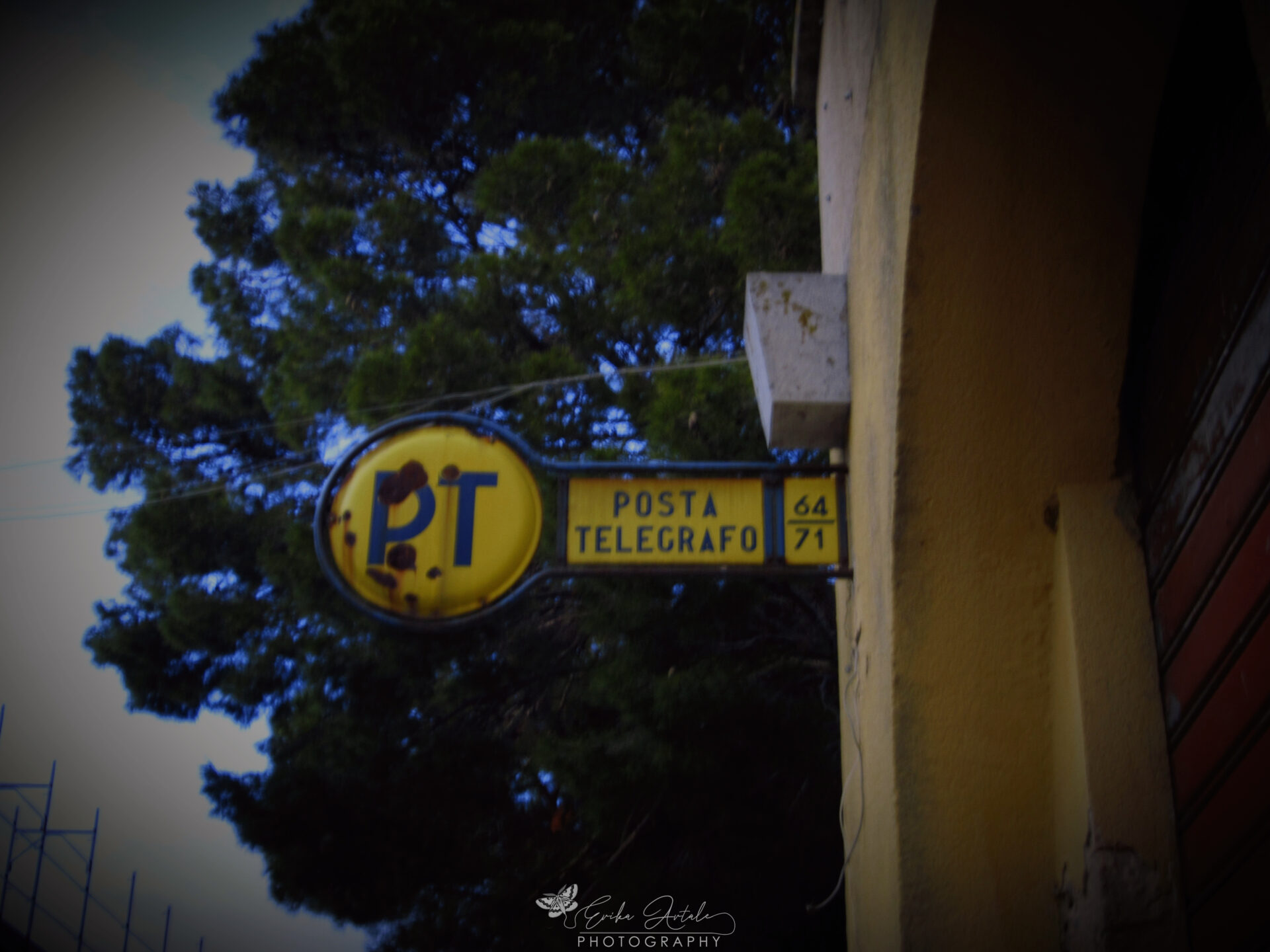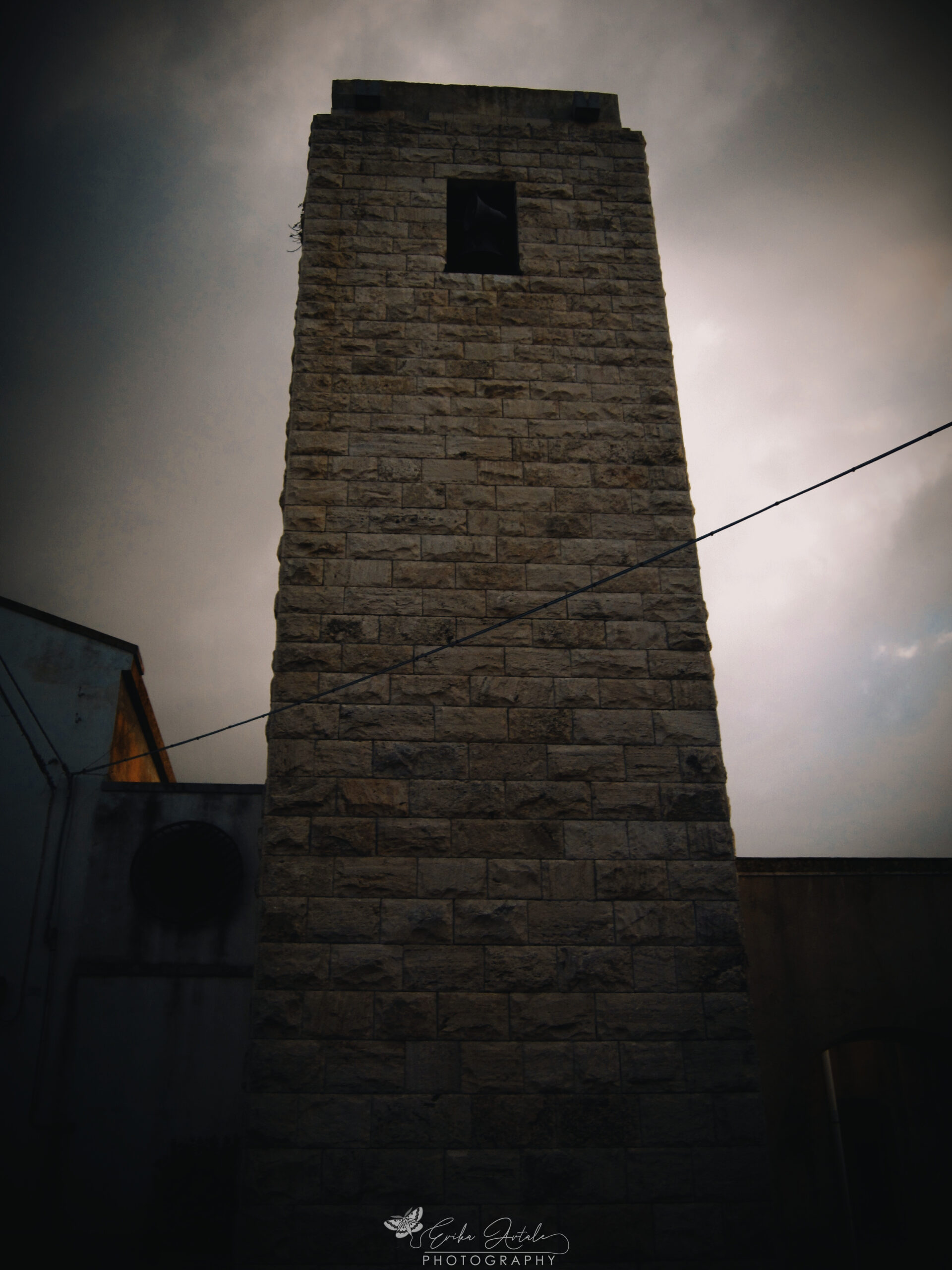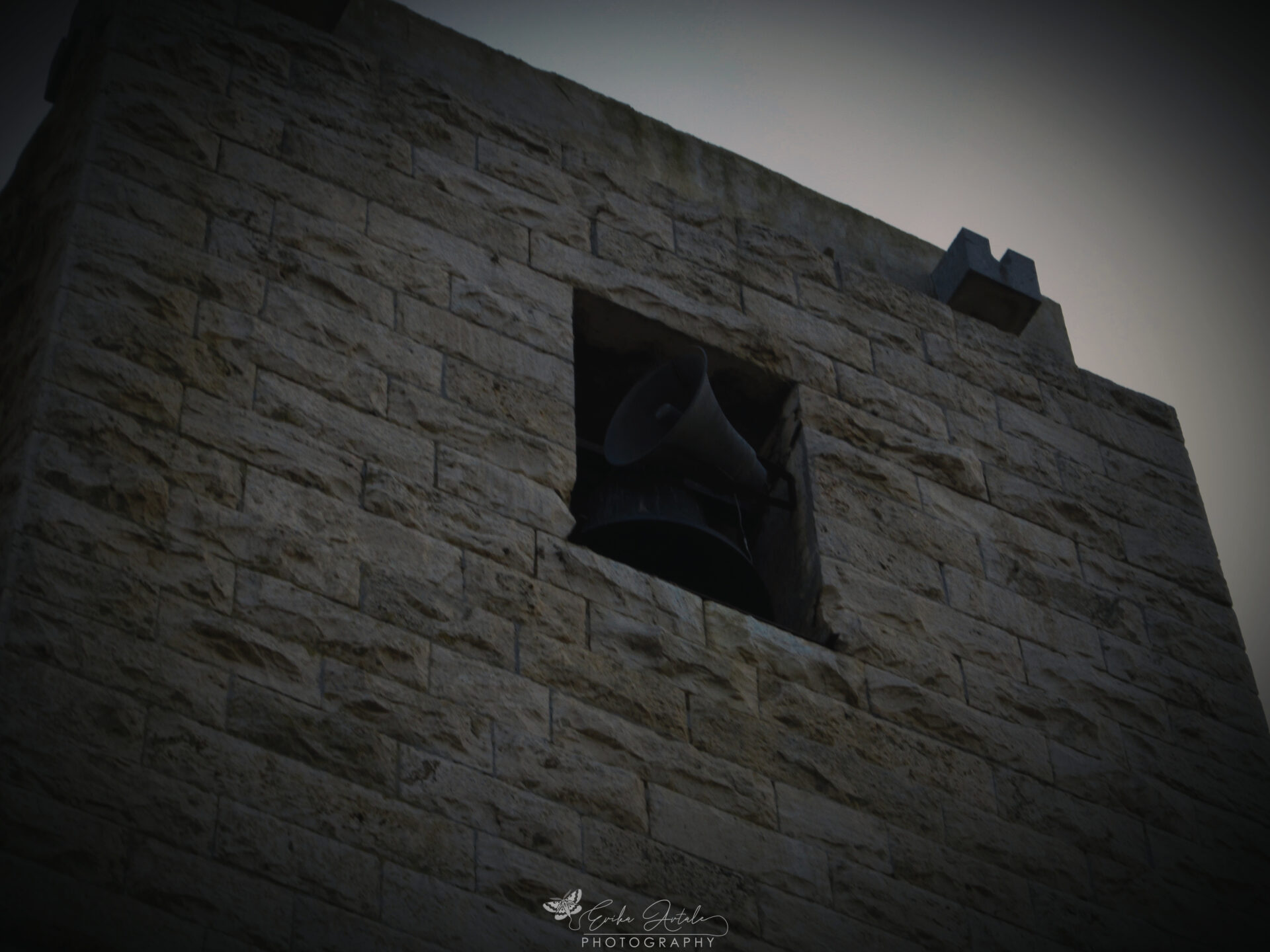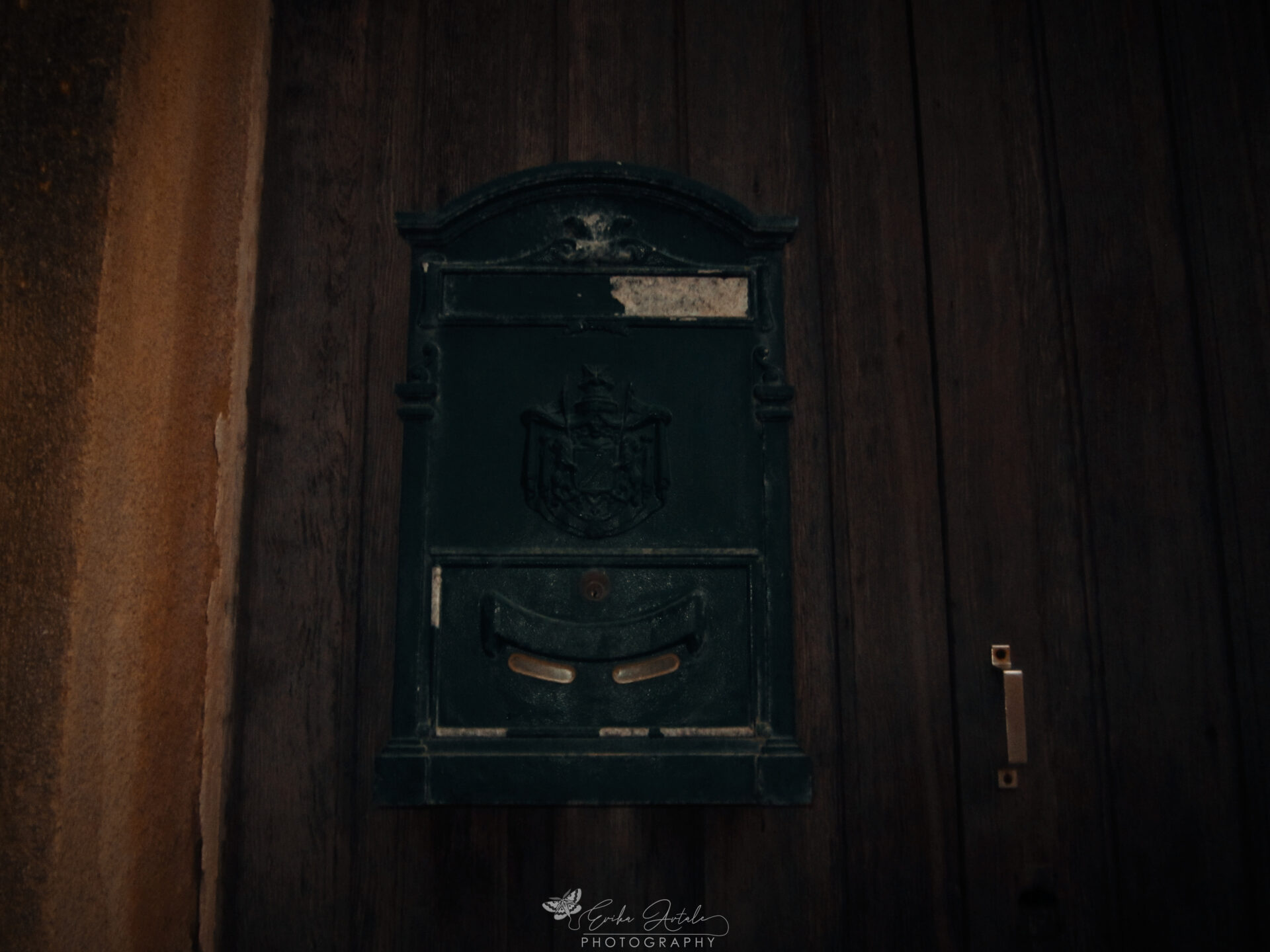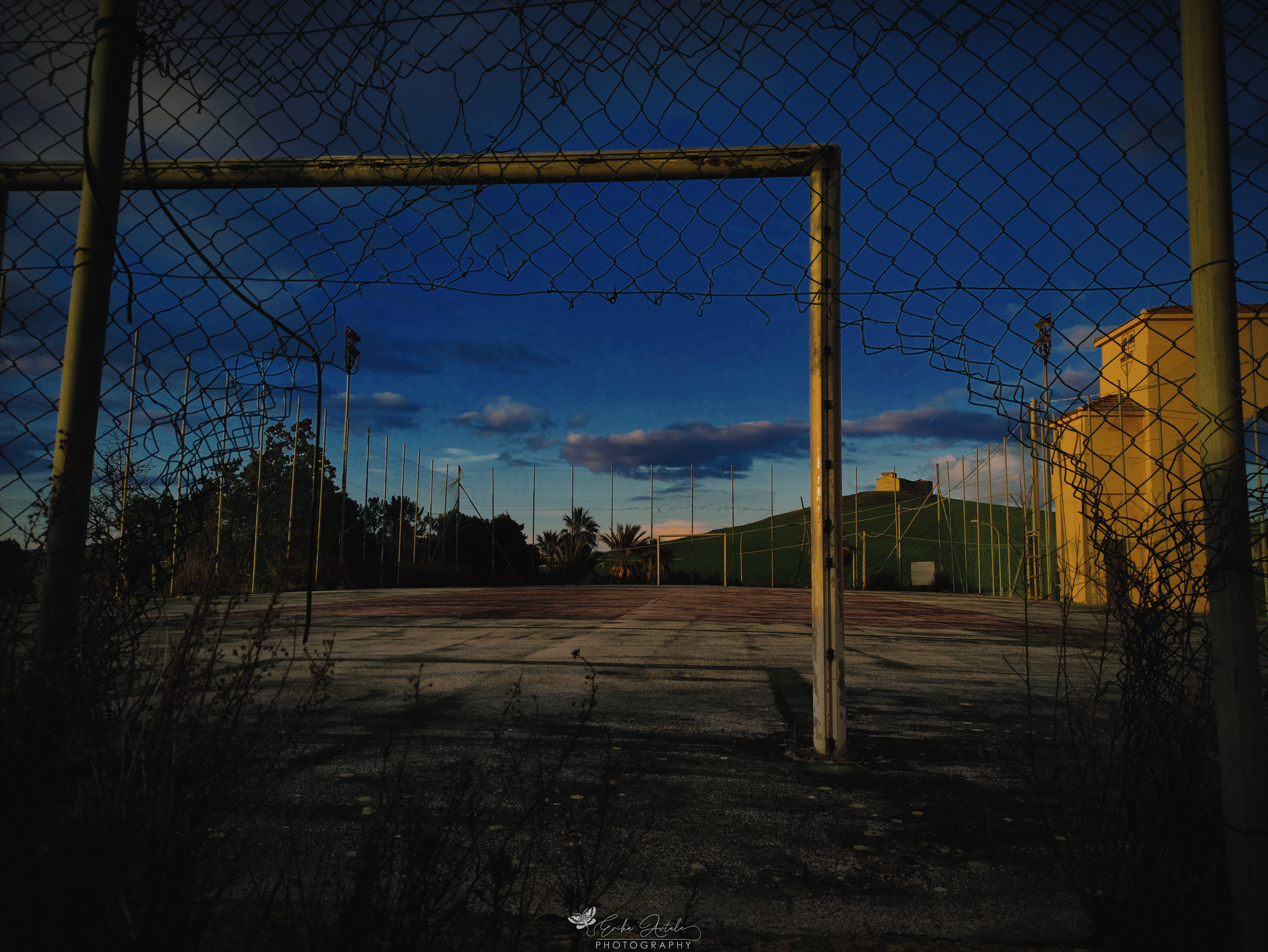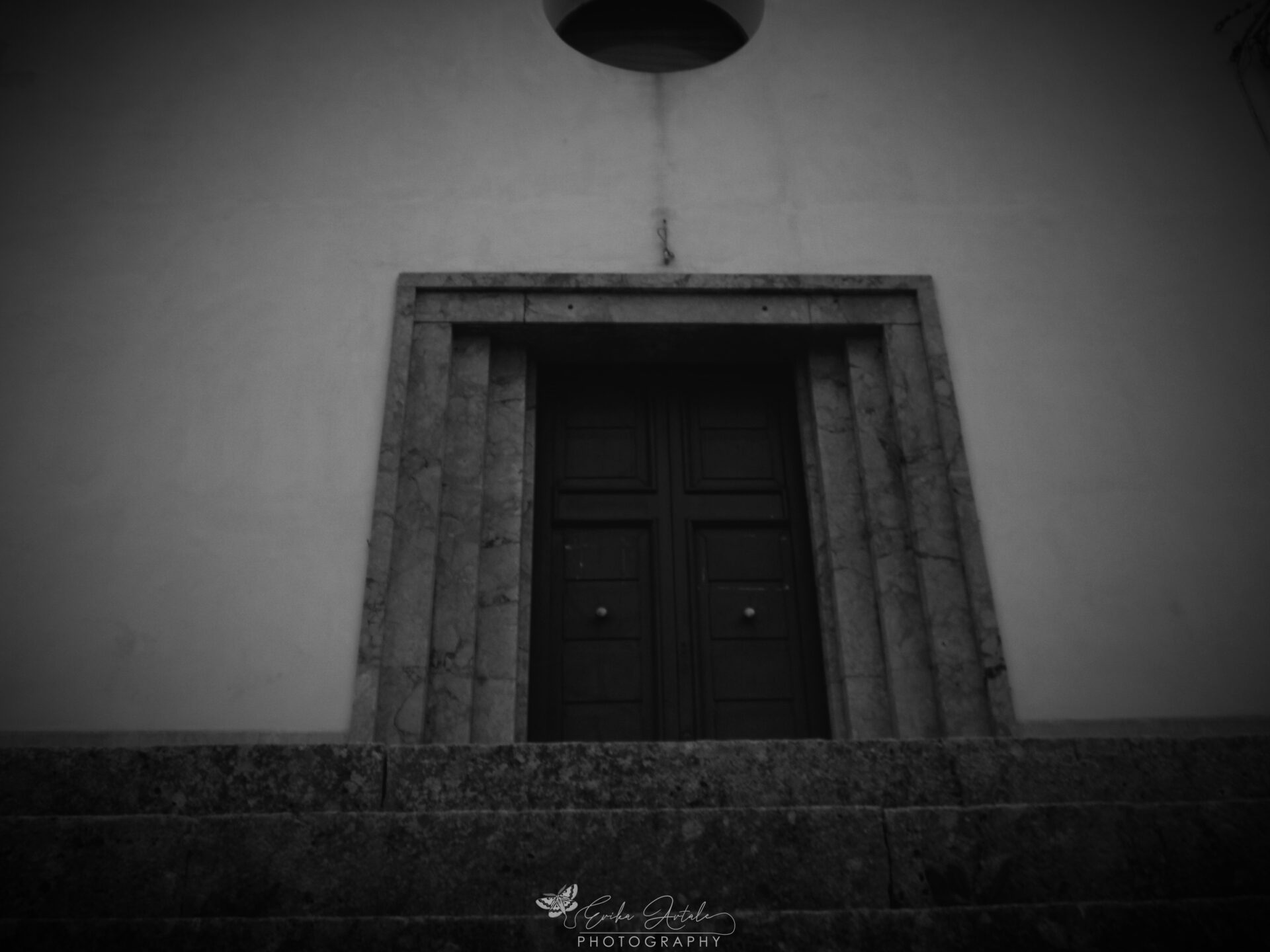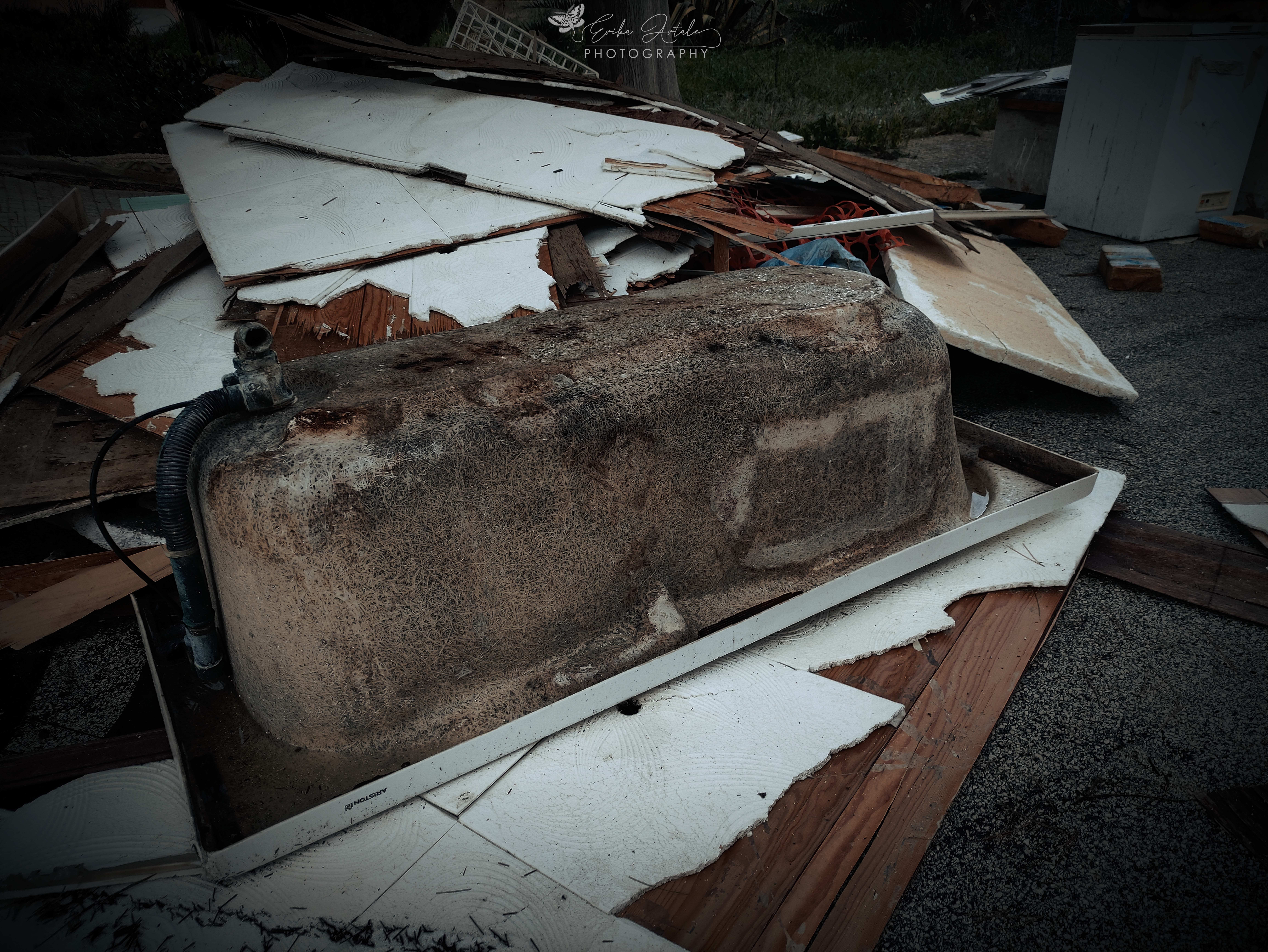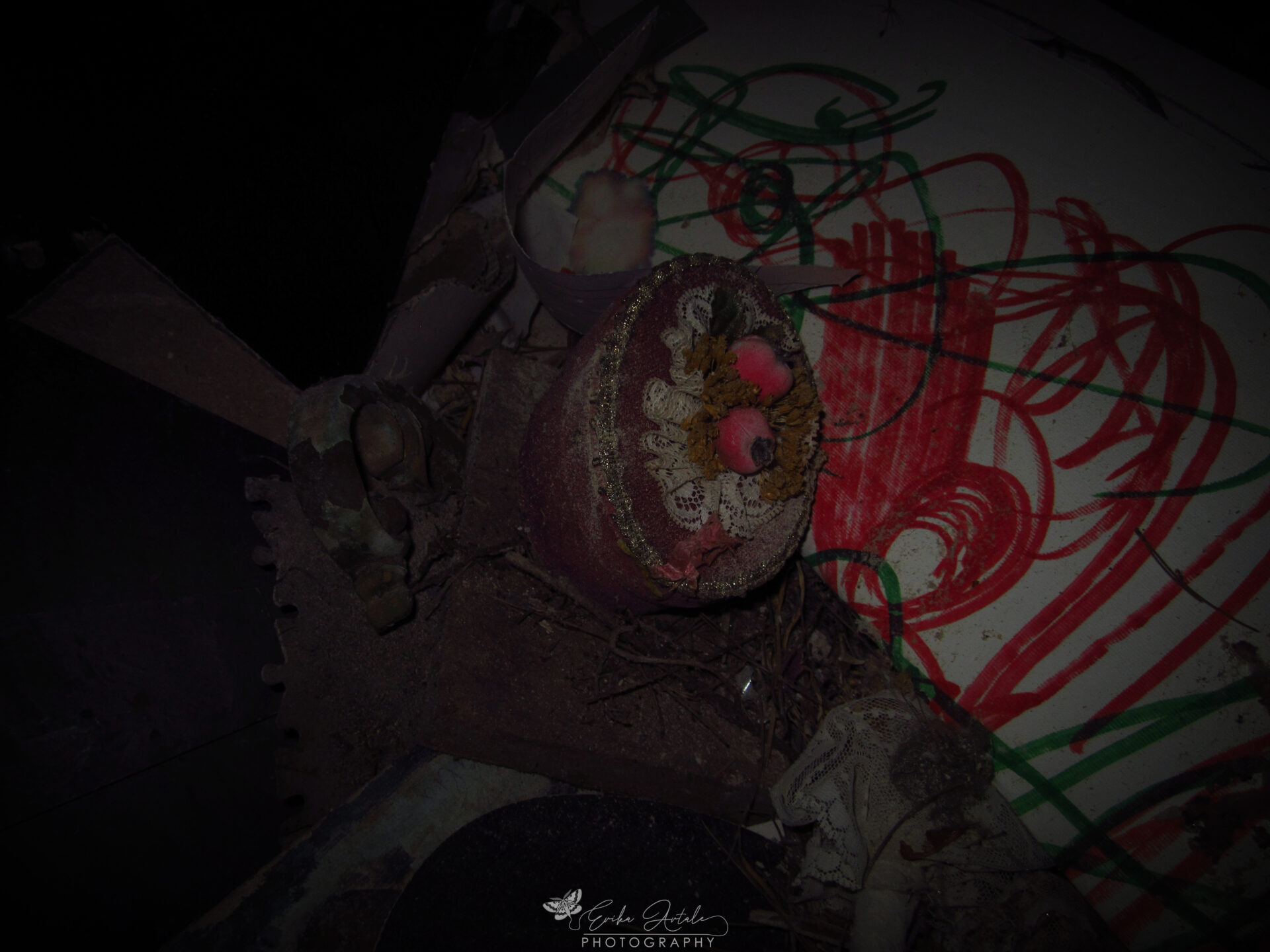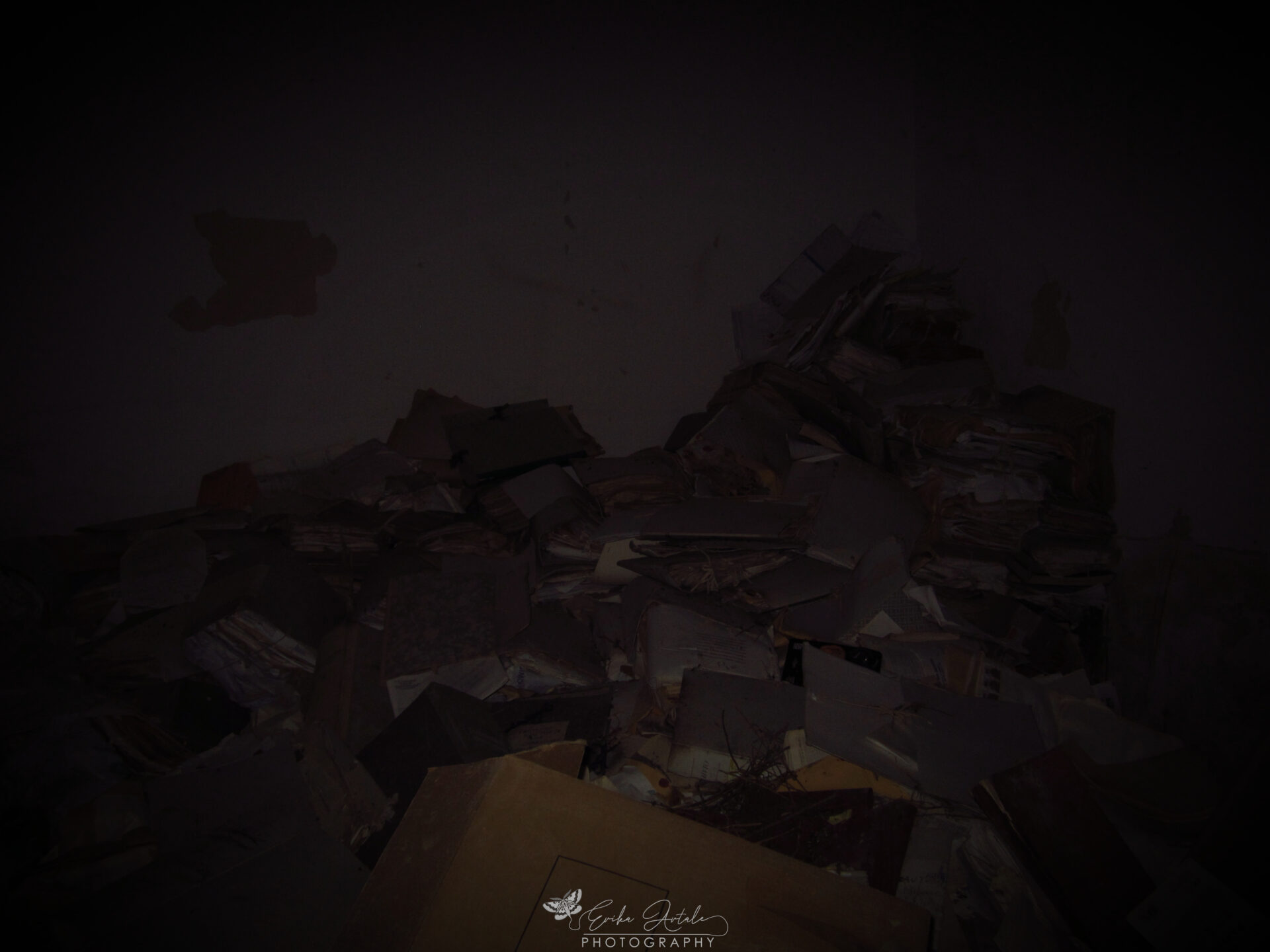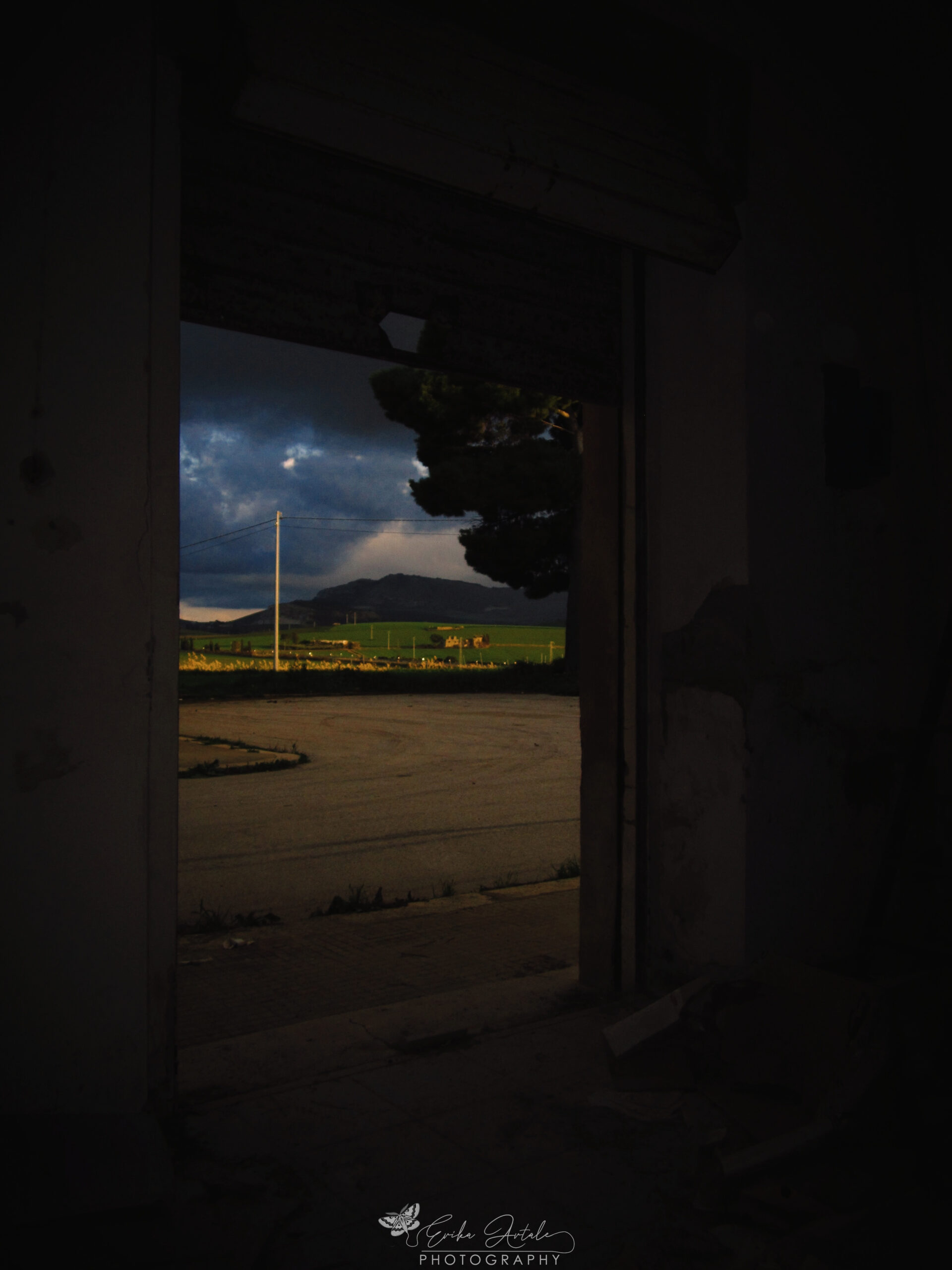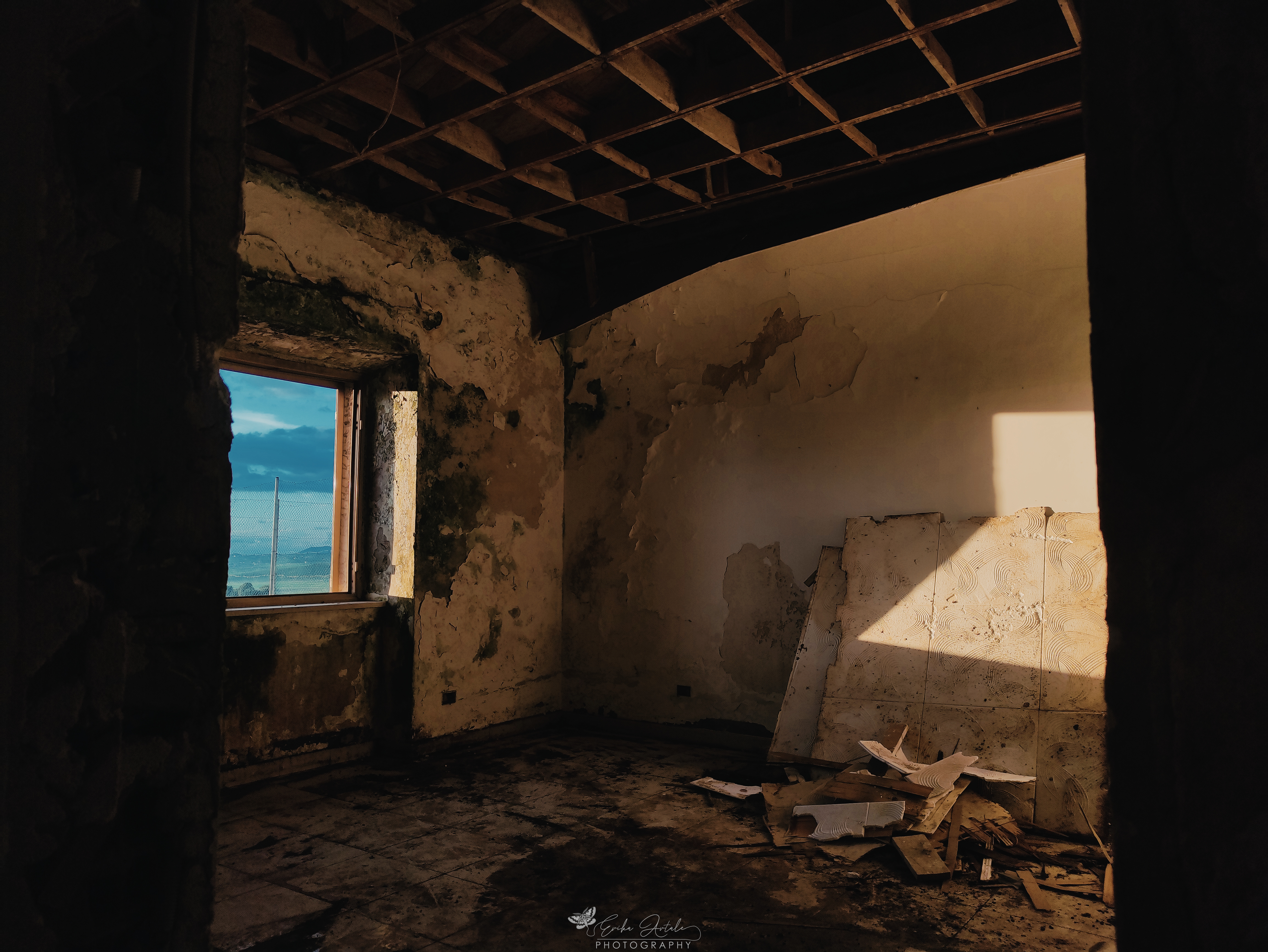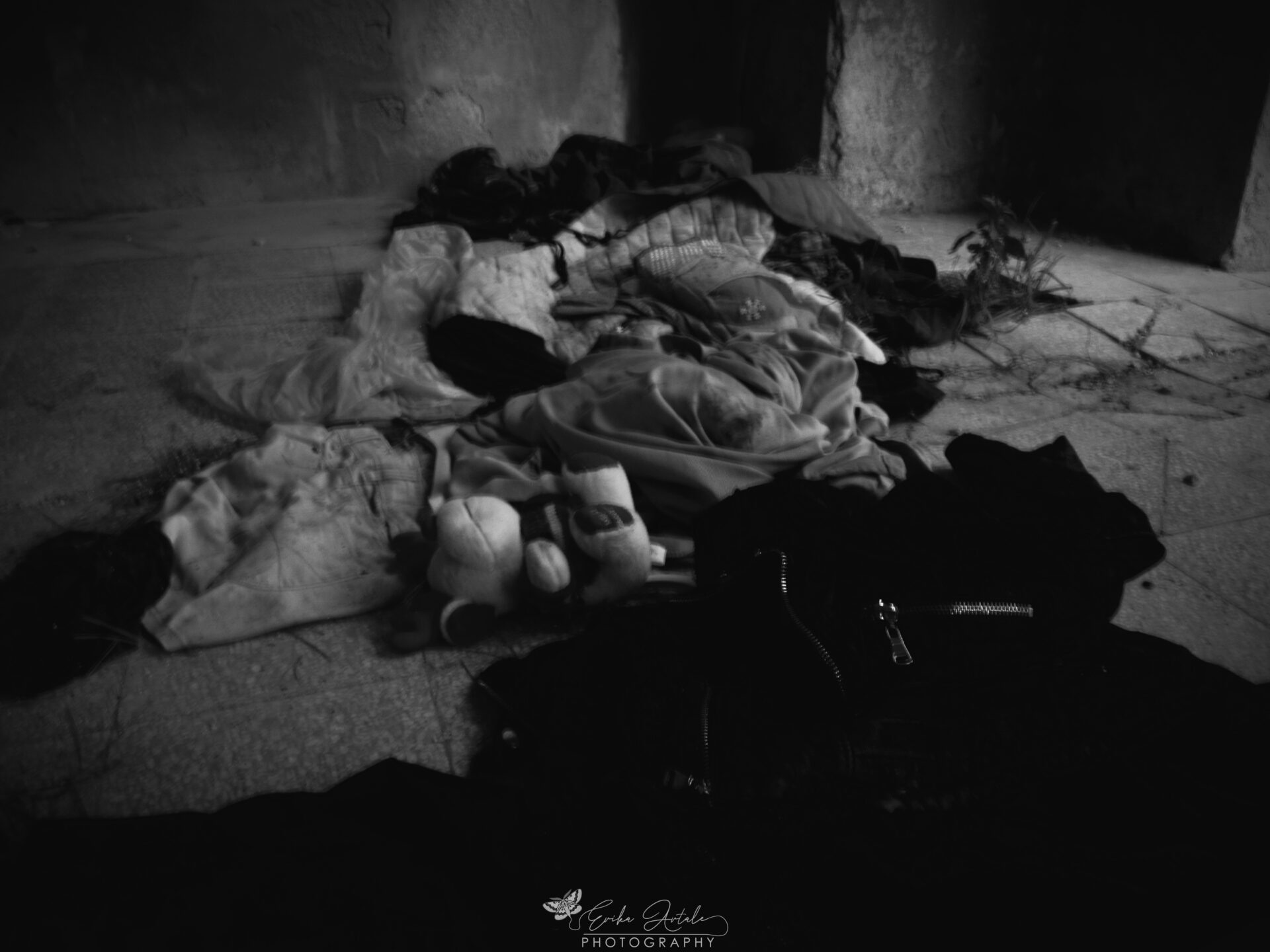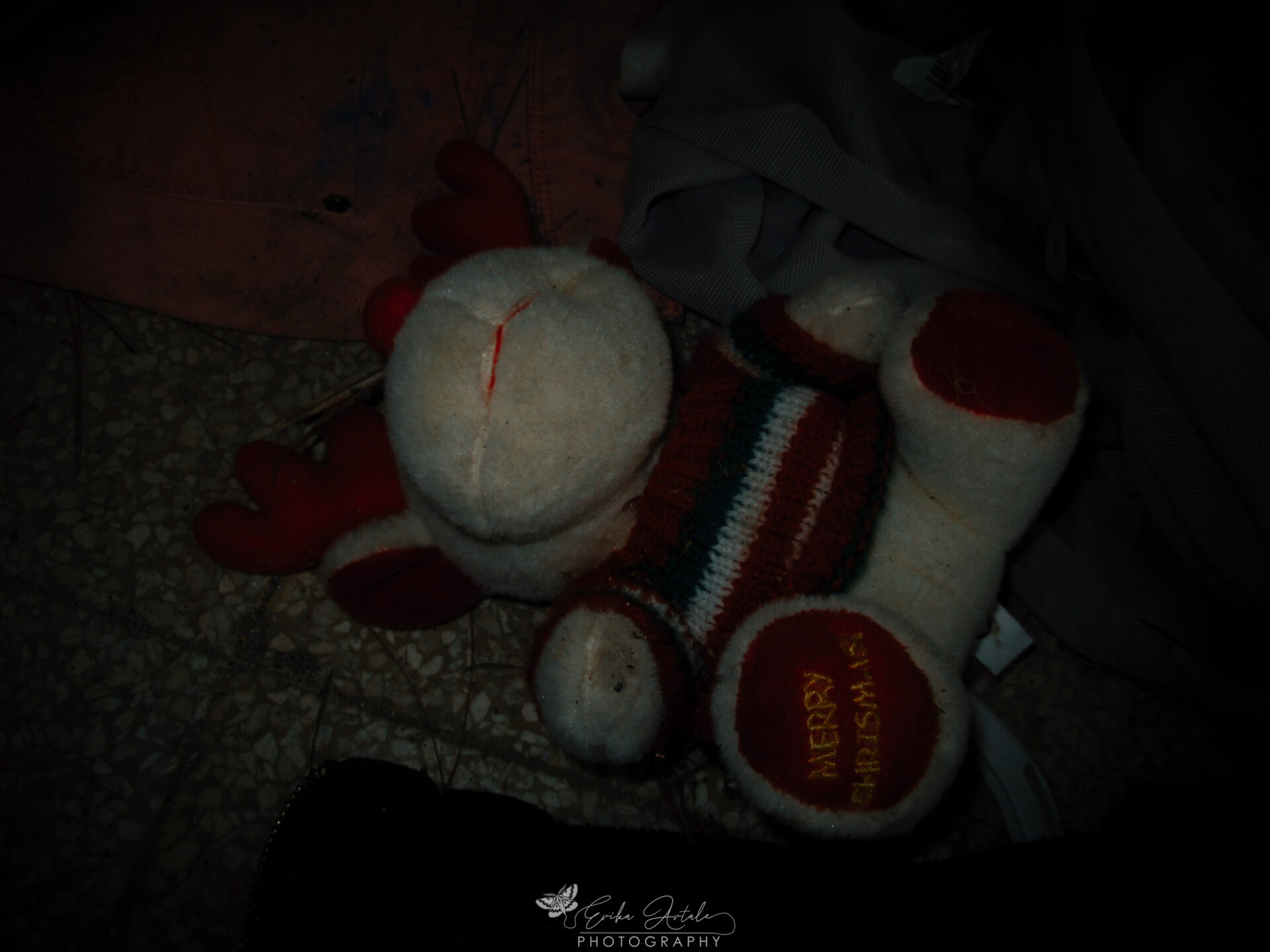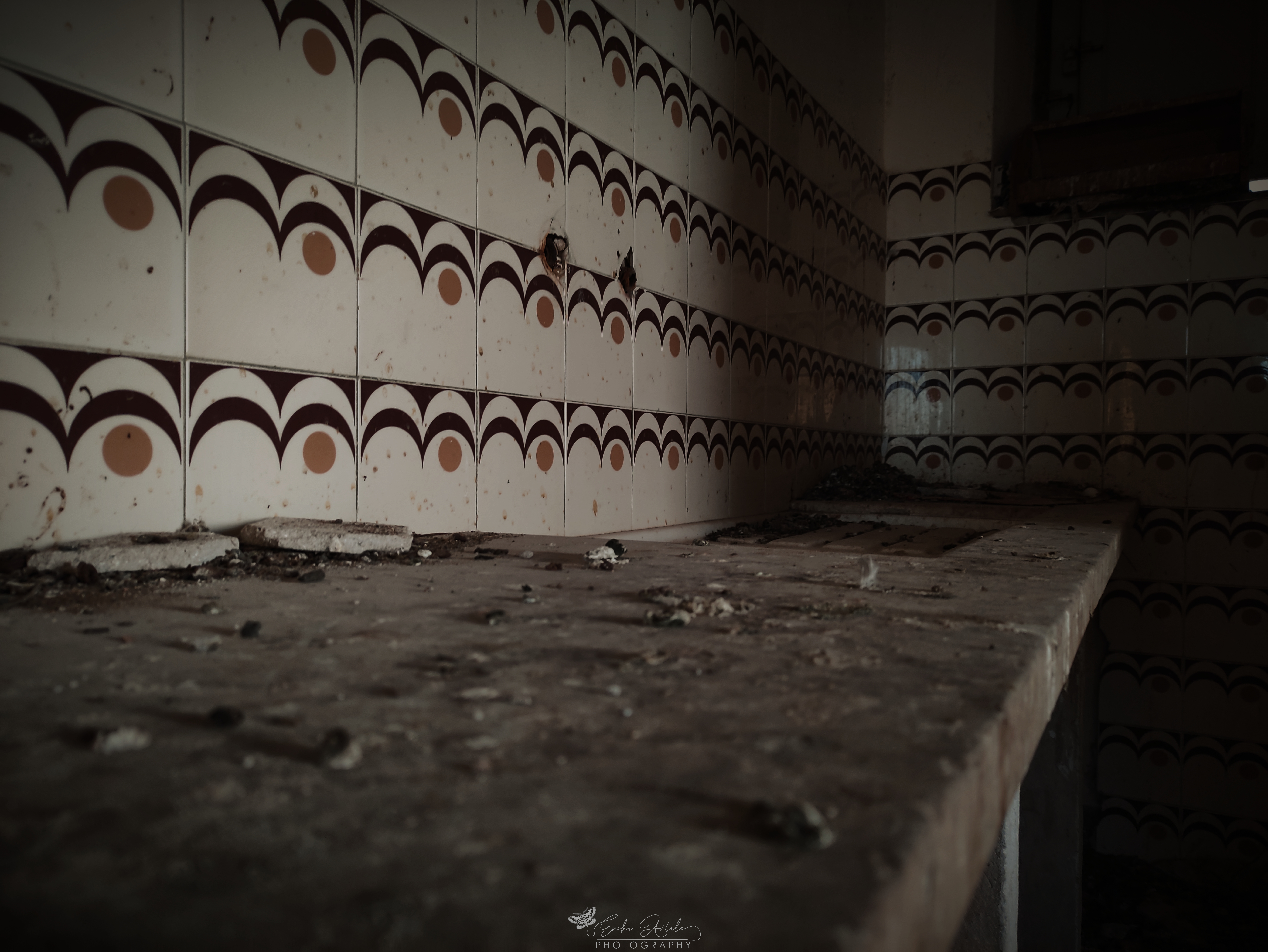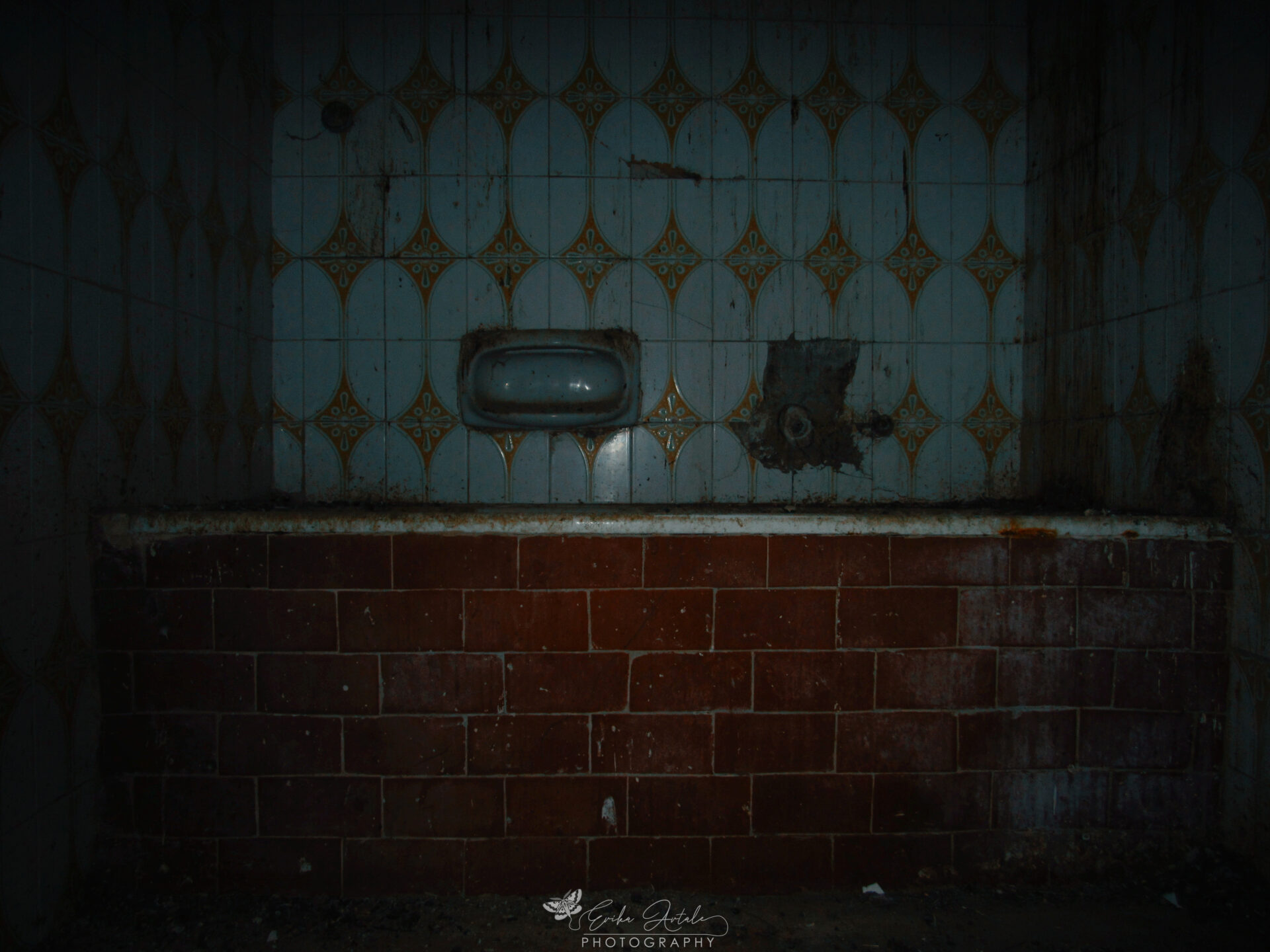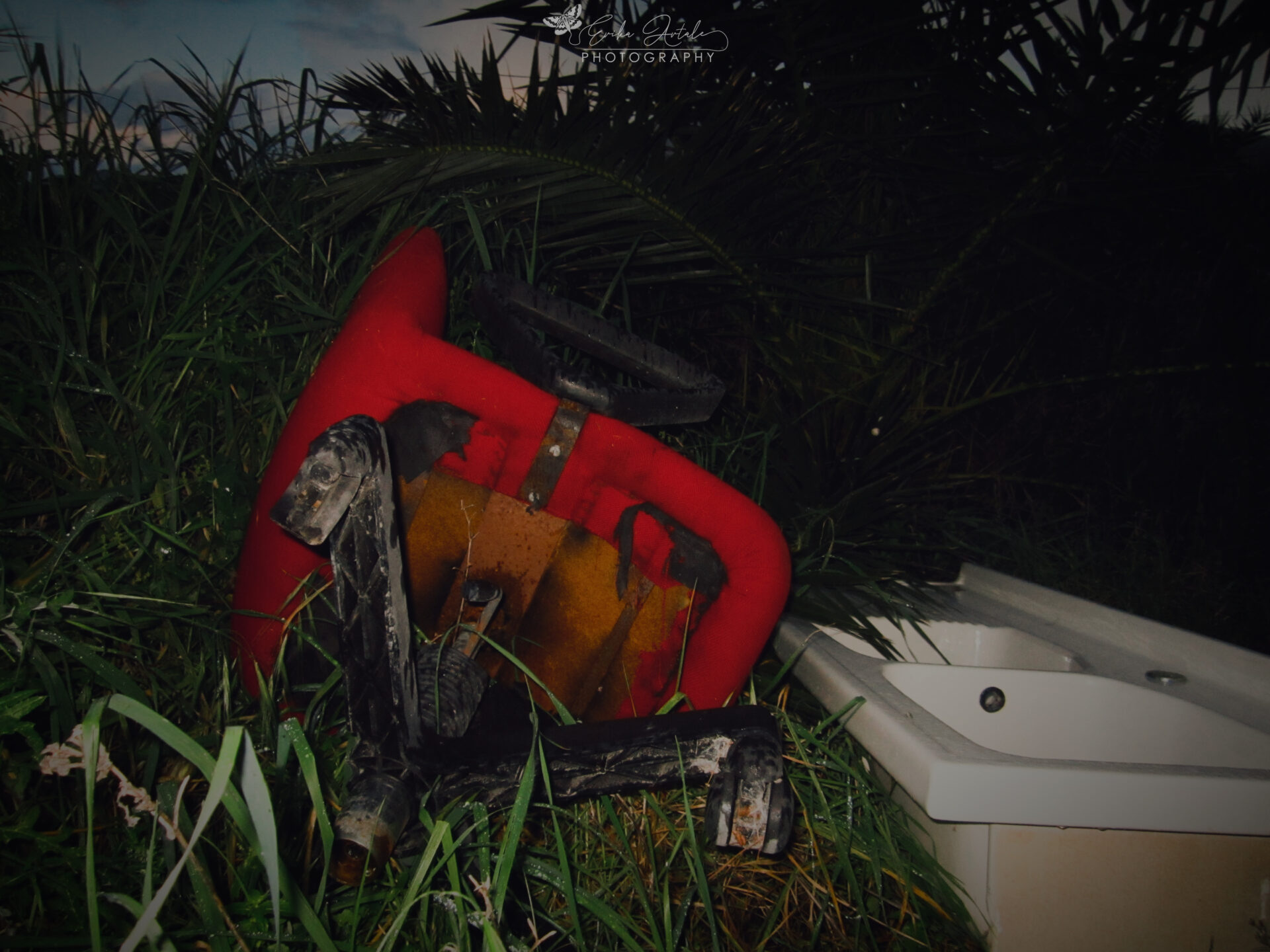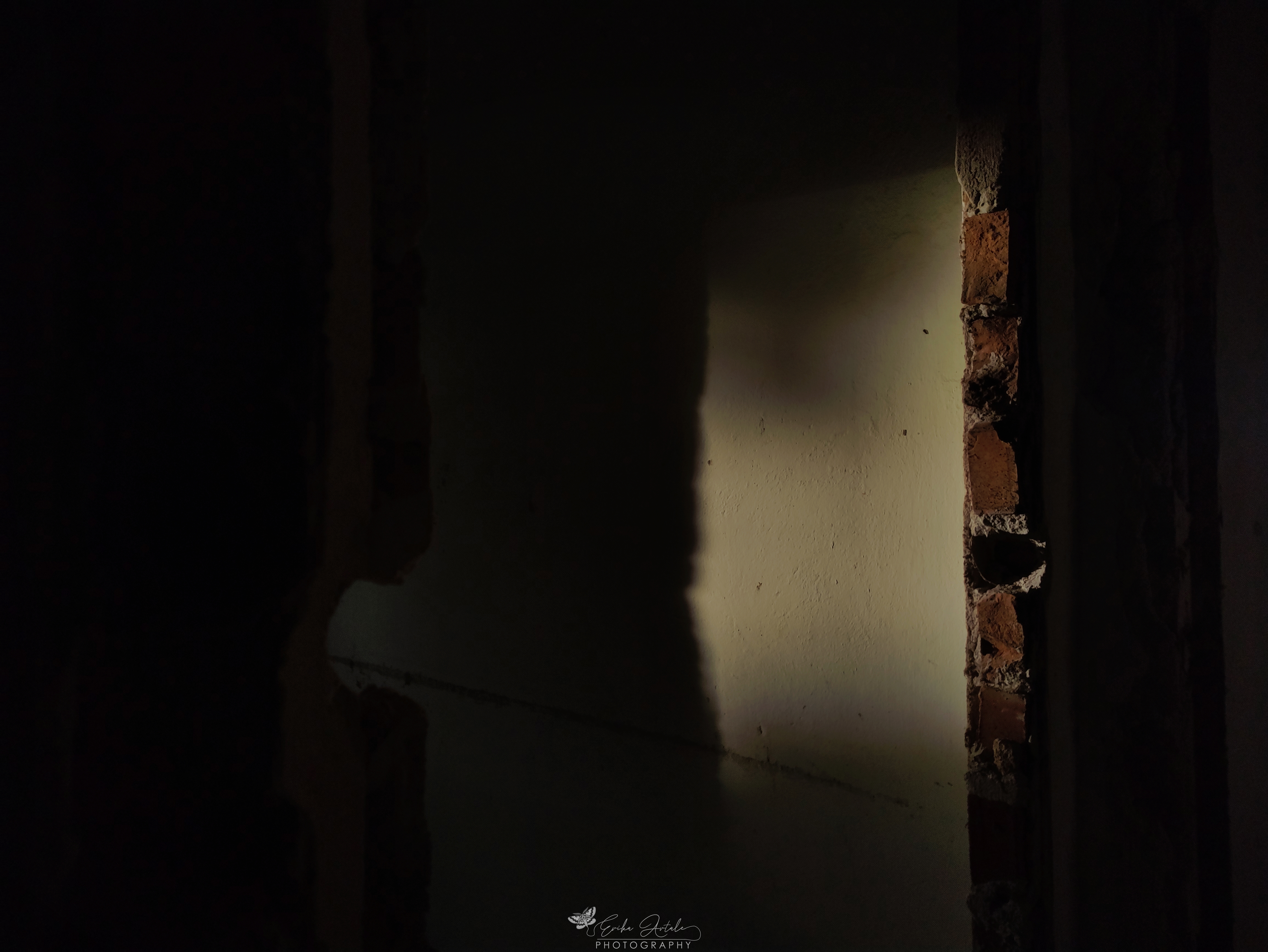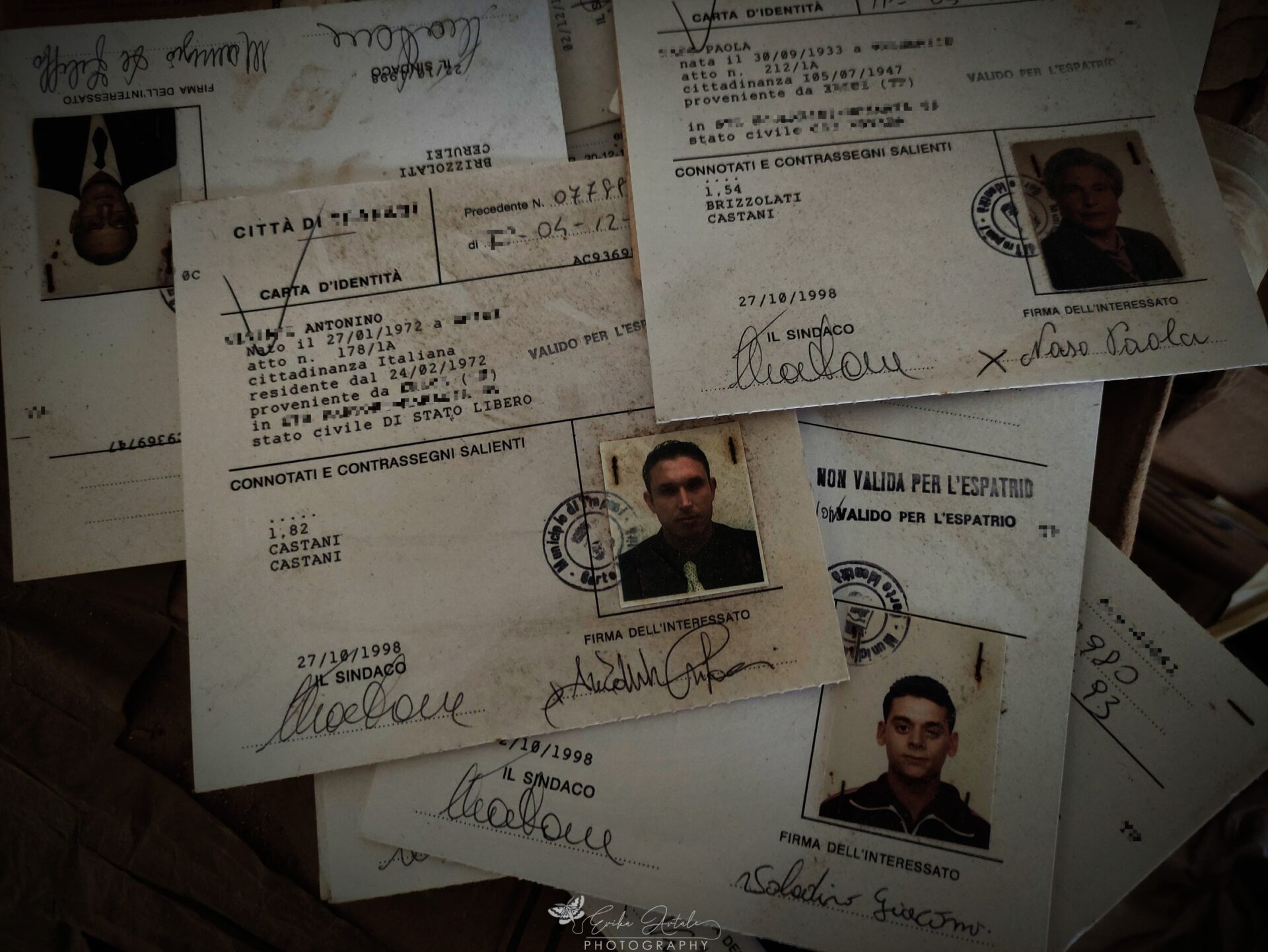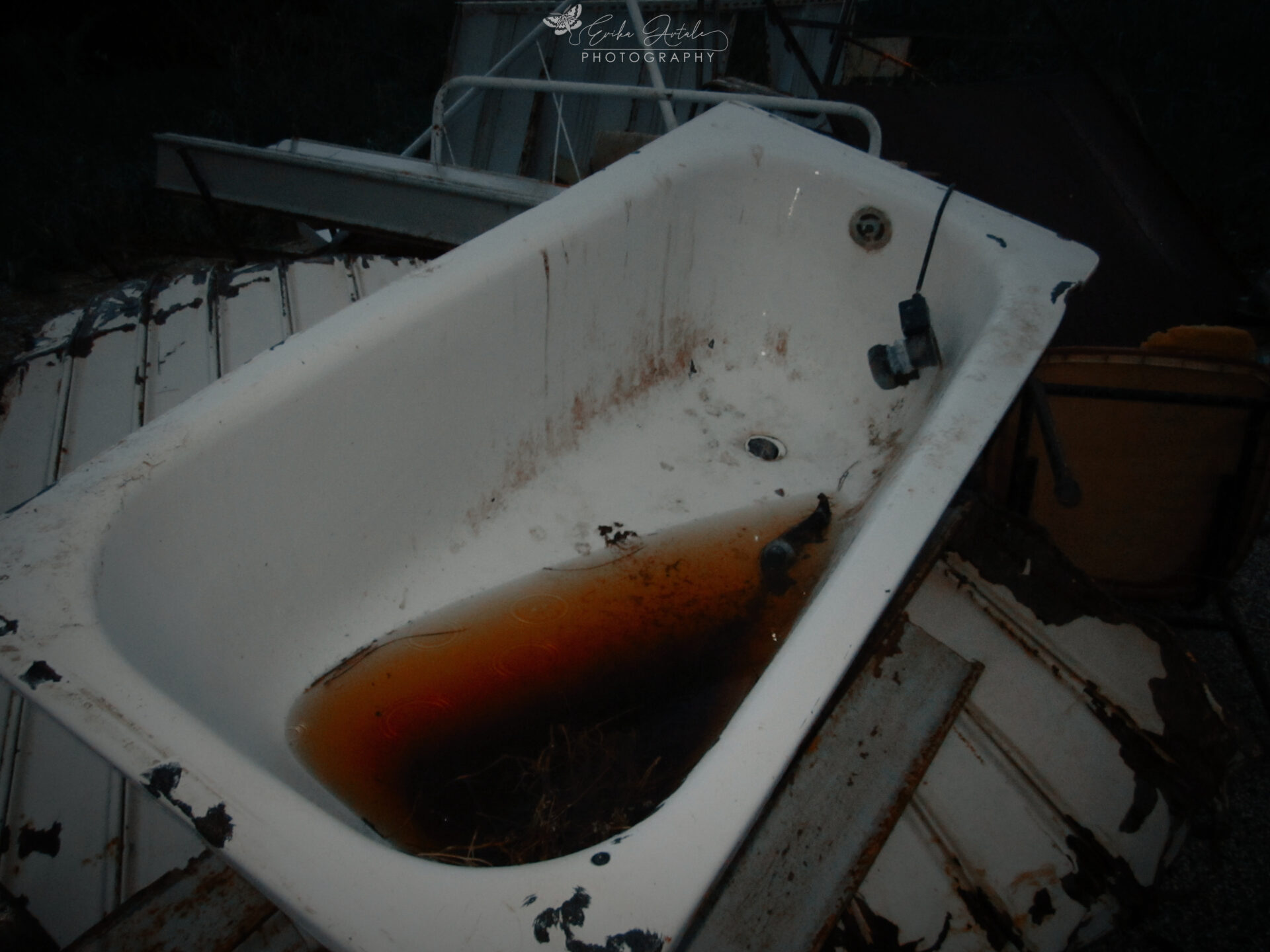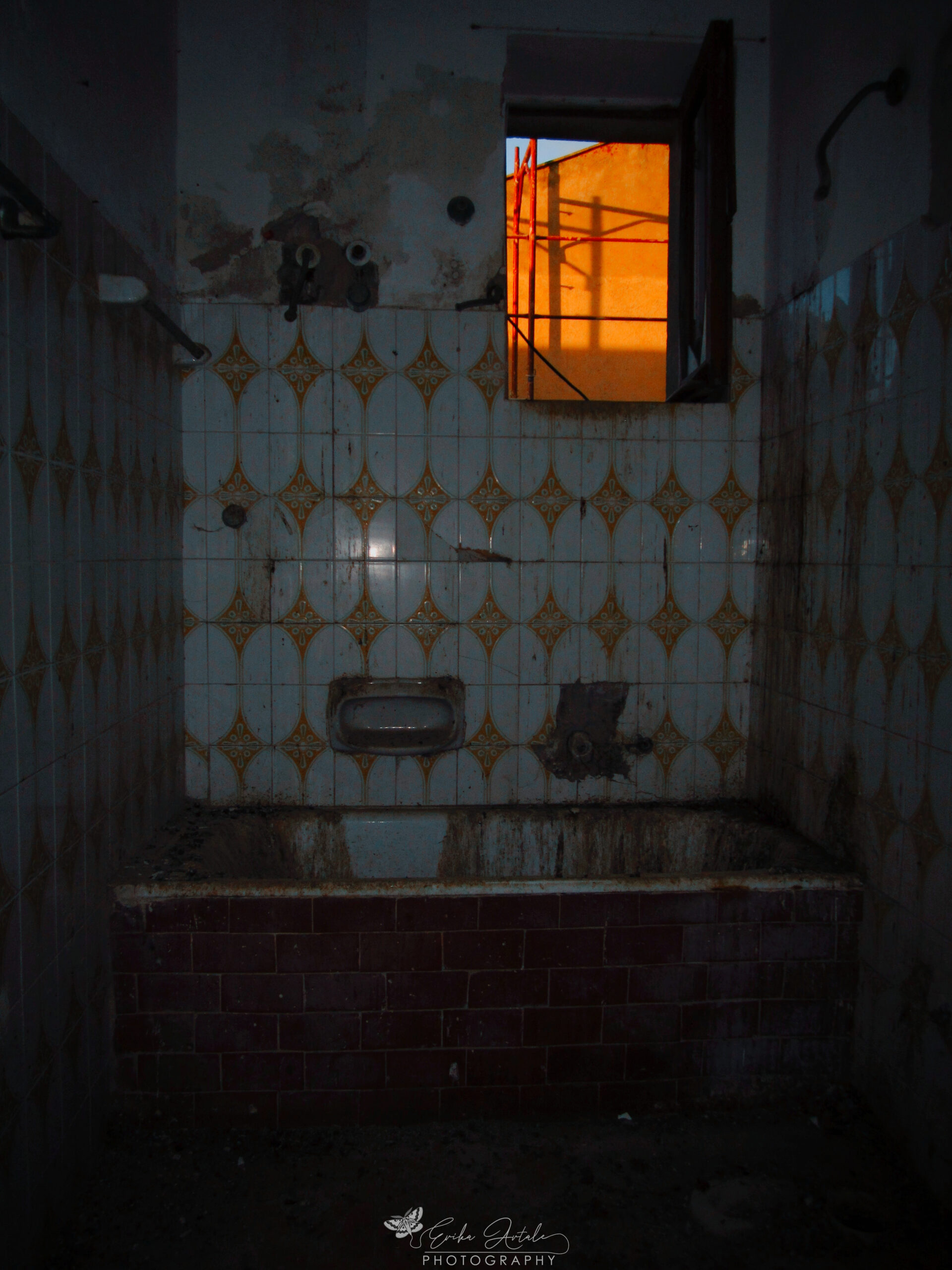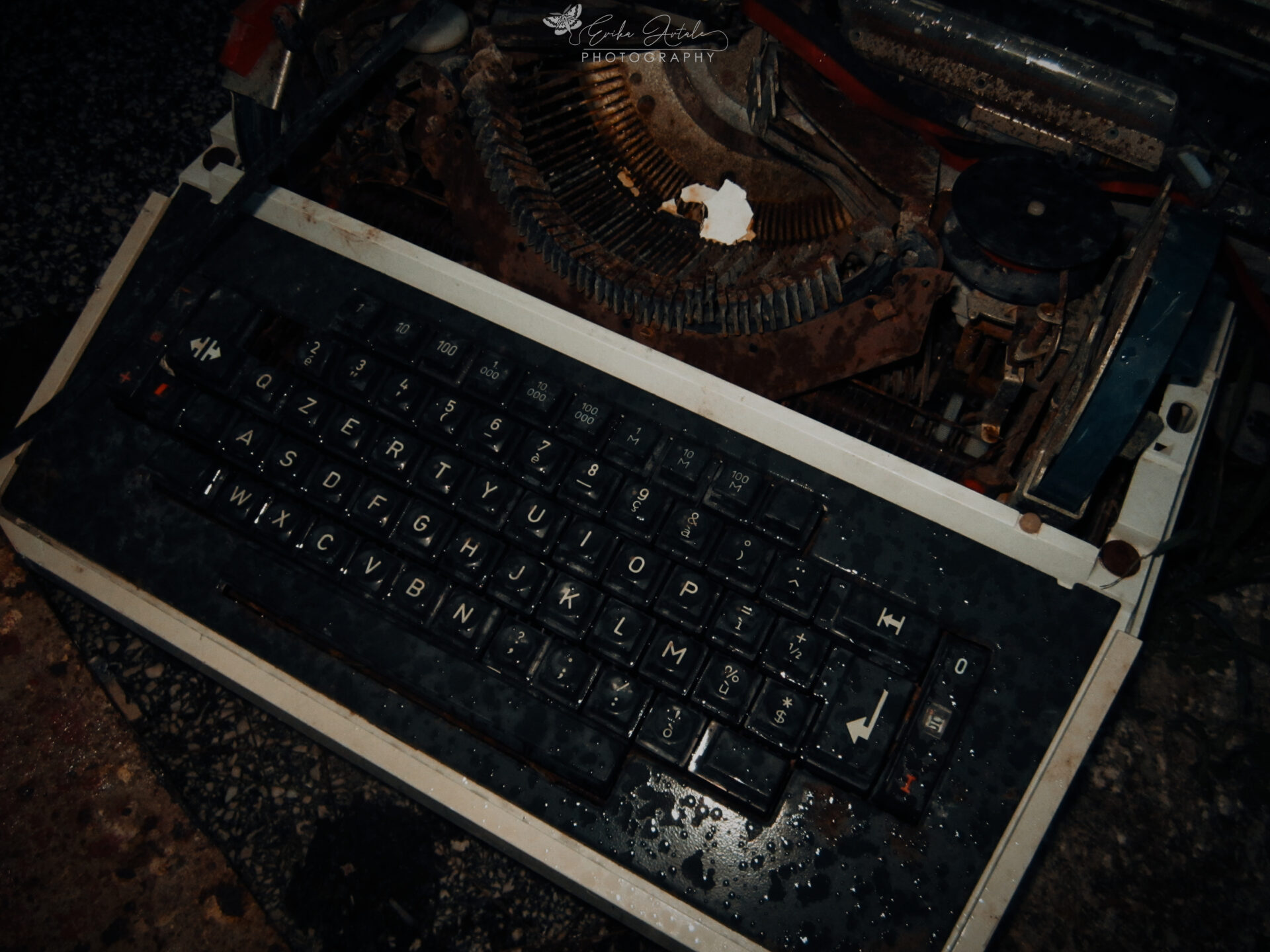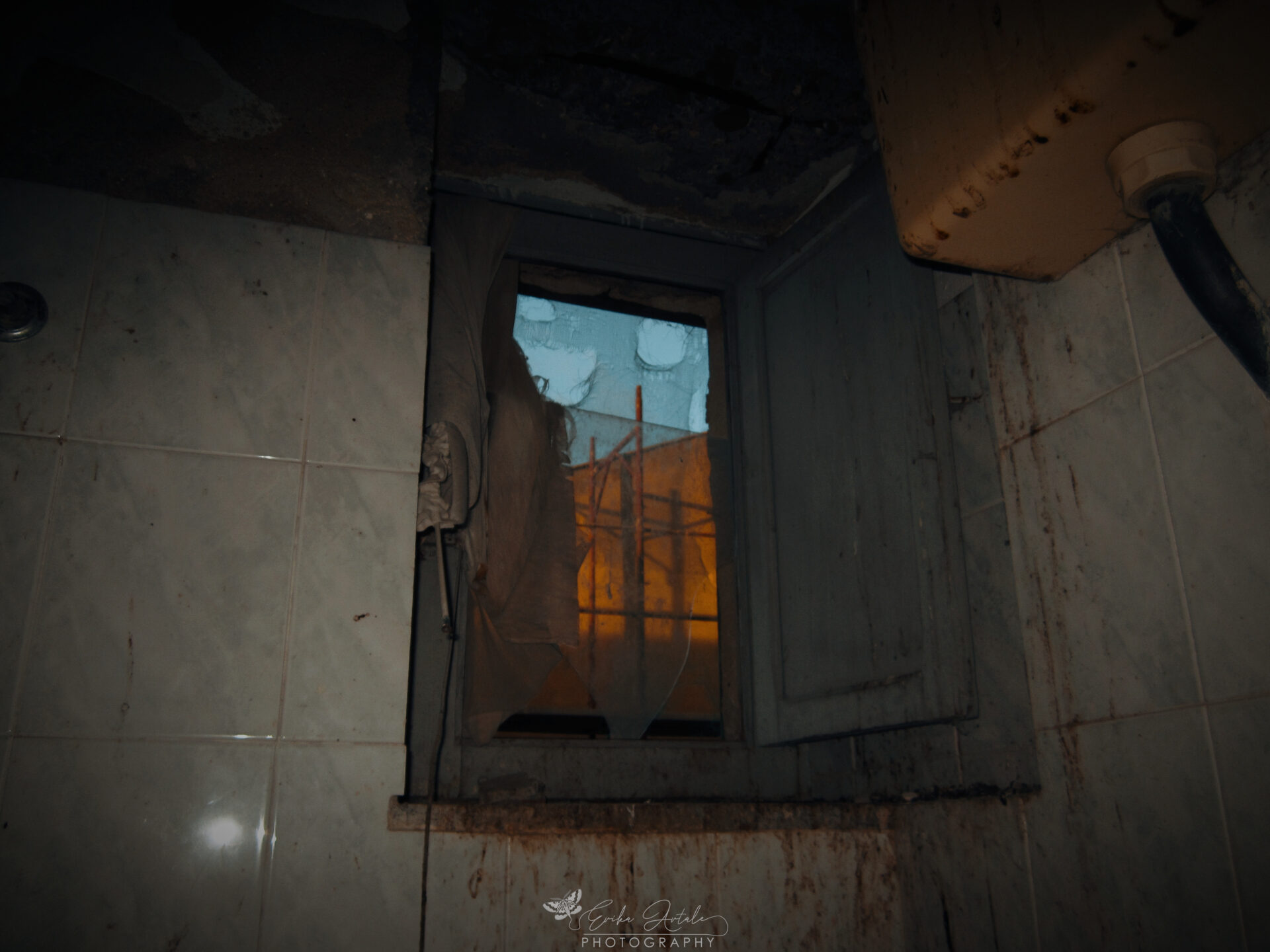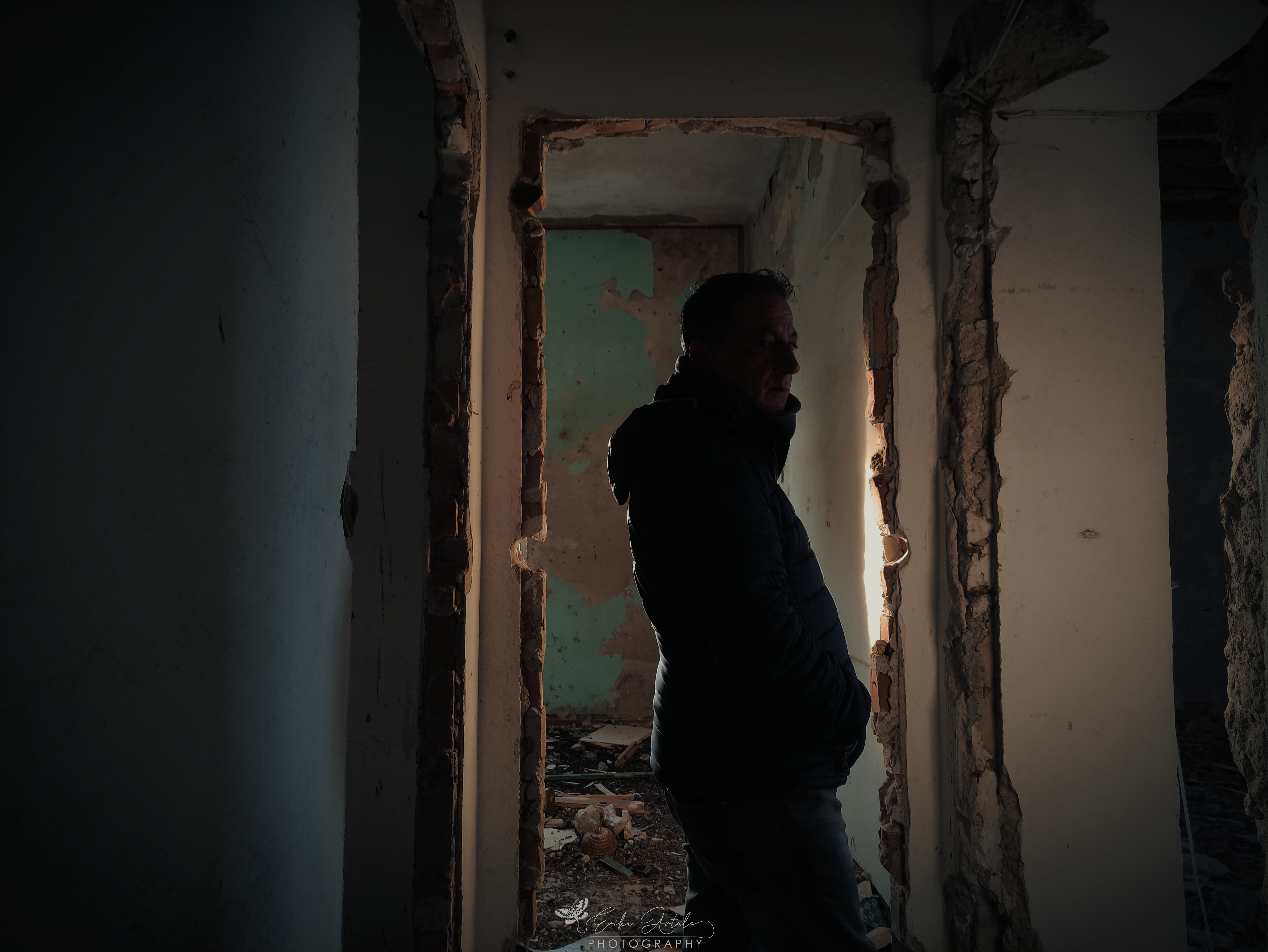AN EXPLORATION BY THE URBEX CAFE.
In Sicily, during the fascist era between the 20s and 40s, at least eighty interventions related to land reform have been recorded. These are. villages, small clusters of farmhouses and rural villages, completed in the immediate postwar period and functioning until at least the 1960s and then abandoned. These include the Livio Bassi Village to whom this article is dedicated.
The Village, named for the officer and Royal Air Force aviator Livio Bassi, is located in the countryside of West Sicily, and the first foundation was in 1940 thanks to the design of architect Sansone, who would not finish it until the postwar period.
Photos by The Urbex Cafe📸
Included in the project work were the Casa del Fascio, Carabinieri station, the tavern, the post office, the school, some stores and the church, but construction was suspended in the 1943 and never completed. Livio Bassi Village then passed into the hands of the Municipality in 1975 and was occupied by several families before suffering a tragic and slow decline.
This village's recent fame comes thanks to a well-known italian television series titled ”Makari”, who chose this very decaying location to film some scenes, but those who know its real history and those who lived near Village Livio Bassi still remember the tragic end of the church's pastor, Father Michele.
Inside the hamlet he held his daily masses for the faithful in the area, and he lived there day and night in the small rectory. He was apparently murdered in his sleeps on the night of Feb. 25-26 with about seven shots to the head.
The building intended to house the services that will be built in the new village will be dedicated to him, because, from what we have observed, the redevelopment and restoration of Livio Bassi Village is underway to date. The project project includes maintenance of the entrance arch and the former school building destined to promote peasant culture. Funds will also be allocated to build 10 social housing units that will be located in one of the three buildings that will contain these services, including a computer lab and a food center.
Photos by The Urbex Cafe📸
During our exploration, on a rainy Saturday, we pleasantly stumbled through the alleys of this charming hamlet. It's like going back in time, to a Sicily made up of simple things, a somewhat more conservative Sicily.
As we go deeper we discover the existence of a club house belonging to a group of bikers in the area, and with huge surprise we notice their little doggie mascot hanging around there silently.
By now the Livio Bassi Village is bare and empty, not much seems to be left due to the ongoing work inside, which is why it seems that most of the objects and documents of the place have been grouped and stacked in a small open garage, which we poked around in. Hundreds of ID cards dating back to 1998 spread all over the room among the dust and crumbling plaster. Many of the buildings appear to be closed, like the church or the post office, but something curious can be found on the upper floor of a small apartment building that still has its bathroom and kitchen intact.
Photos by The Urbex Cafe📸
The marvelous view from the balconies is a breath of fresh air, leading us to empathize with those who once routinely looked out from there to catch a glimpse of every inch of that once beautiful town.
Livio Bassi Village represents now a frozen-in-time beauty that has never had a real opportunity to blossom, so before we leave it we wish it all the luck it needs to be able to shine.
THE PURPOSE OF THIS ARTICLE IS IN NO WAY
TO ENCOURAGE THE READER OR INVITE TO EXPLORING.
ALL LOCATIONS MENTIONED WITHIN THE URBEX CAFE
ARE IN RUINS AND ARE OFTEN A DANGER OF COLLAPSE.
WHOEVER DECIDES TO VENTURE OUT TAKES
EVERY CONSCIOUS RISK.
LEAVE ONLY FOOTPRINTS AND TAKE ONLY PHOTOS.


